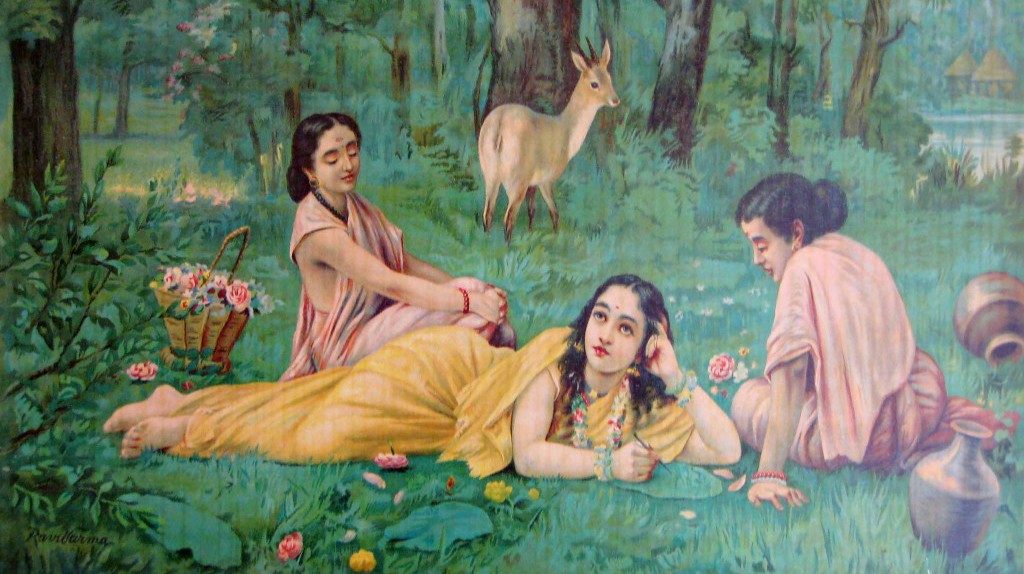Indian generic medicines that are cheap but ensure a certain level of quality play an important role for the poor people in LMICs from the viewpoint of SDGs & UHC. The aim of this study is to understand the role of the Indian pharmaceutical industry as a “pharmacy of the developing world”.
This study based on a review article about HIV infection and ARV’s effect. This study summarizes the role of Indian generic ARV through previous studies about the Indian pharmaceutical industry, HIV/AIDS, ARV, HIV prevalence, and the case of India.
In India, HRGs (High-Risk Group) are clusters of HIV prevalence during the 2000s. West, South, Northeast Regions are high HIV prevalence areas in India. India took measures to halt and reverse the epidemic distributing free ARV and establishing ART centers focusing on HRGs. Complied with the increasing number of people living with HIV accessing ART, the number of AIDS-related deaths in the West and South Regions in India decreased. Several challenges still remain the same. The future significant increase of funding and cost down can not be expected due to the major donors’ fiscal conditions and limitations of ARV’s cost structure. This might lead to an ARV supply shortage and might affect the future effects of HIV treatment. Another important point is adherence, one of the barriers to HIV treatment in India.
Since State-wise time-series data about HIV prevalence in India were available, detailed information about ARV supply is unavailable. Furthermore, this study can not clearly show the causal relationship between inter-State differences in India and State-wise HIV prevalence.
Several findings in this study could be extended to lead to studies about the other infectious diseases in India and more comprehensive studies about the role of the Indian pharmaceutical industry as“pharmacy of the developing world”.
Please read the complete research below.


